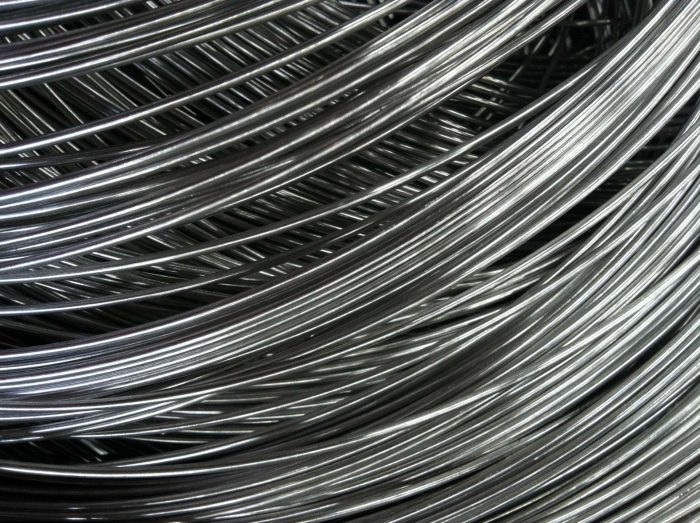Purpose of Enameled Wire
Enameled wire also known as winding wire or electromagnetic wire, it is a general conductive material primarily used in applications requiring energy conversion and power transmission, including transformers, inductors, motors, generators, loudspeakers, hard disks, electromagnets and other applications requiring insulated coils. Copper’s high conductivity makes it a perfect metal for electrical applications, and it can be completely annealed and electrolytically refined to provide tighter windings for electromagnetic coils. Despite the disadvantages of oxidation, low-cost aluminum as a conductor is gradually accepted for its high performance. One to four coats of insulation are applied to the wire, this protects the wire from current contact with other wires, prevents short circuits, and extends the life, efficiency, and application of the wire. Enameled wire is used to convert electrical energy into other forms of energy in a wide range of applications.

For example, electric motors use magnetic fields and current-carrying conductors to convert electrical energy into mechanical motion. In the motor, in order to avoid energy loss due to overheating, thus reducing efficiency, the enameled copper wire is used in the coil of the magnet, and the copper itself is used in other components, including brushes, bearings, collectors and connectors. In transformers, lacquered copper wires are used to transfer power from one circuit to another and absorb additional stress from mechanical vibration and centrifugal force during operation. Copper wire has the advantage of maintaining tensile strength while being flexible and can be wound tighter and smaller than alternatives such as aluminum, giving it the space-saving advantage. In generators, manufacturers are increasingly inclined to produce equipment that operates at higher temperatures and conductivity. Enameled wire is the ideal solution to the problem of stable operation in high temperature environments.

